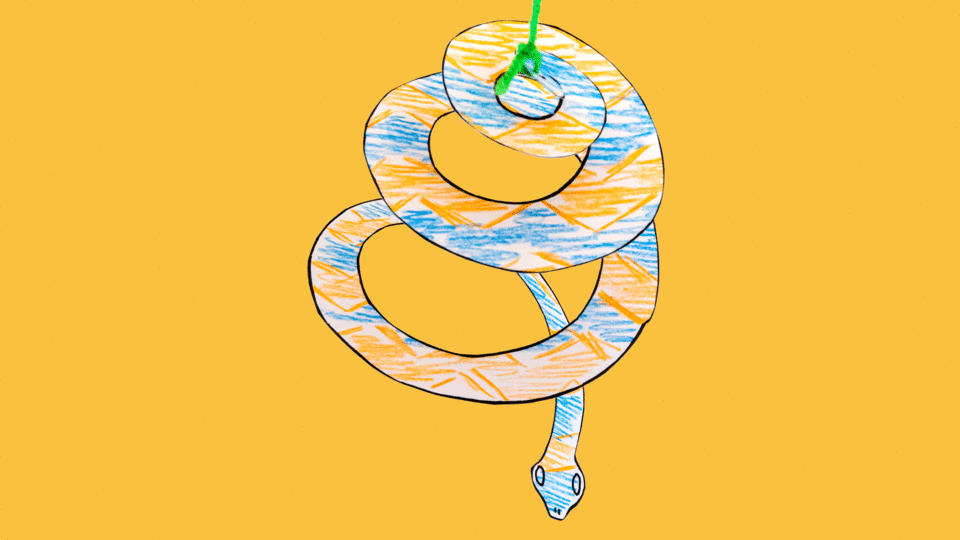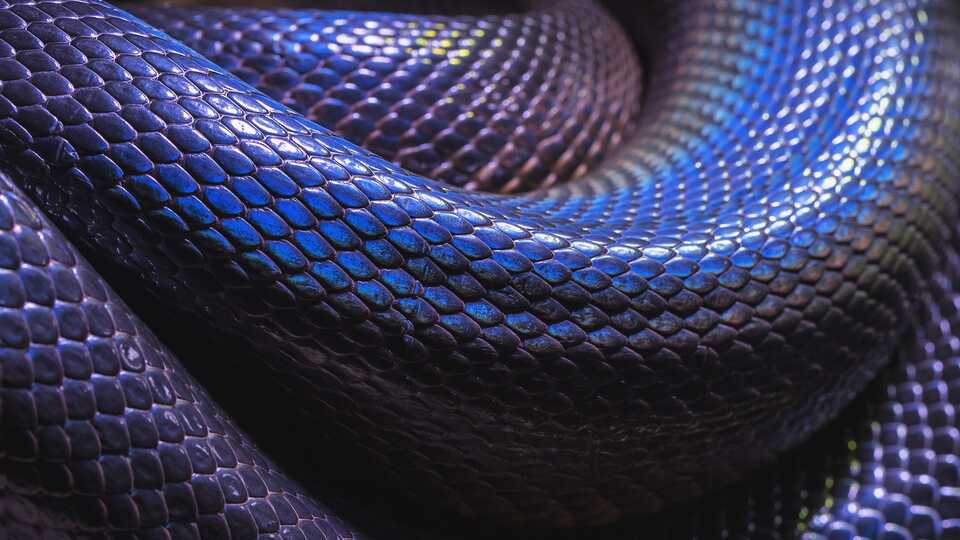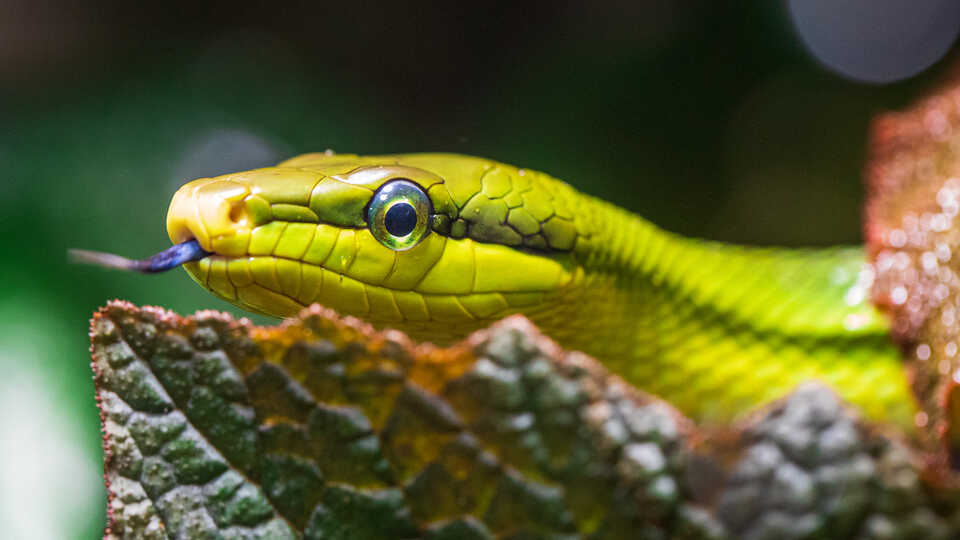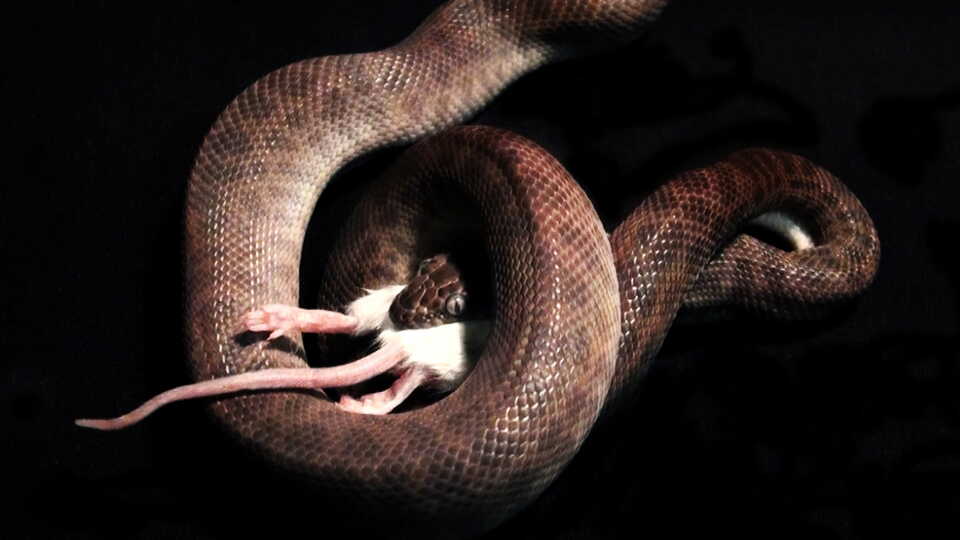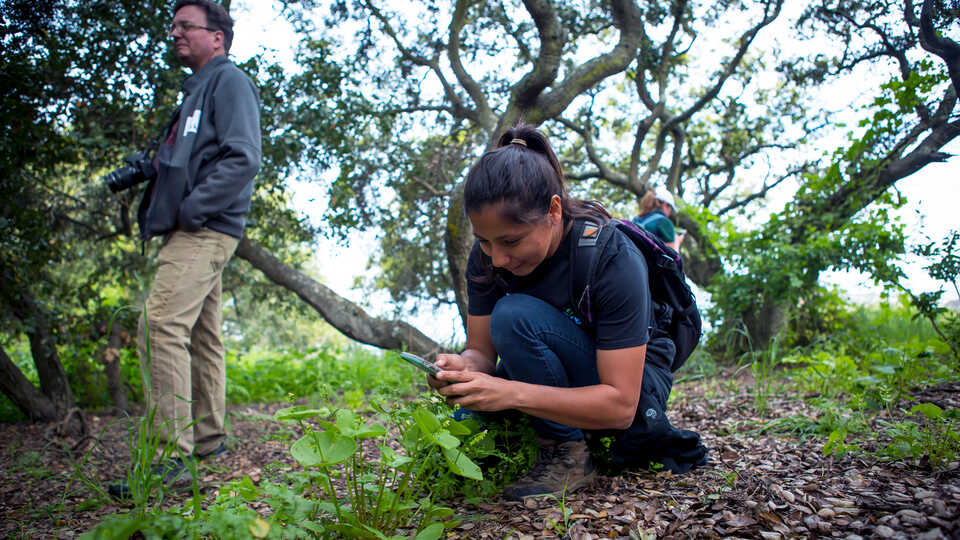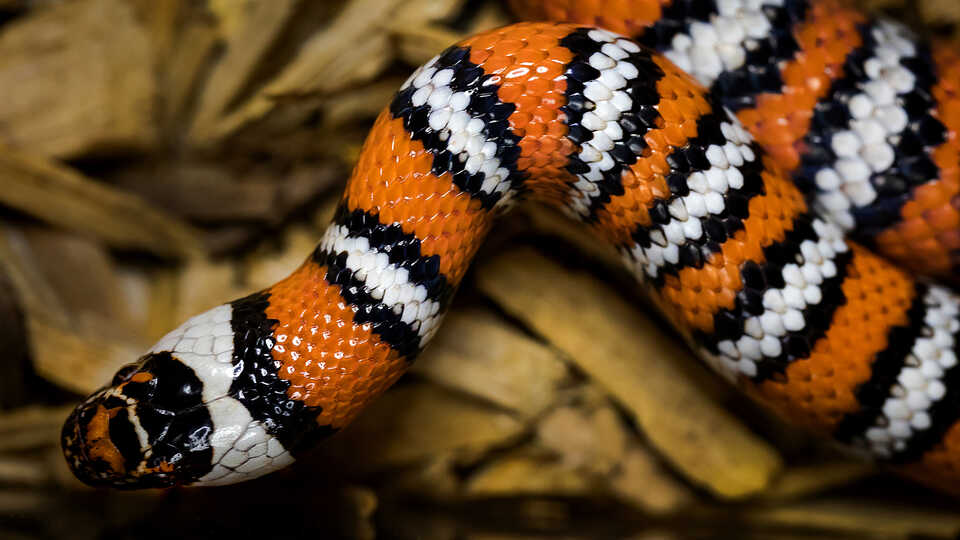Scary? Nope, just scaly. Wrap yourself around the fascinating world of snakes with four days of activities for young herpetologists-in-training, including guided videos, crafts, interactive programs, and resources.
(Note: While Science @ Home activities are designed to be conducted by kids, some little ones might need adult help with reading instructions and preparing crafts).
